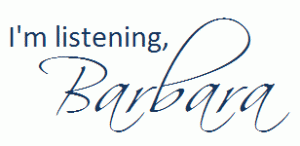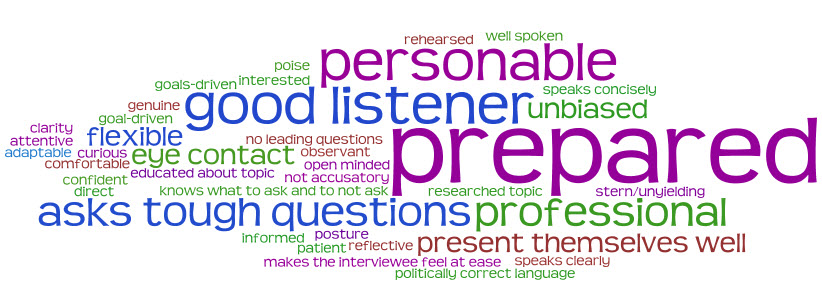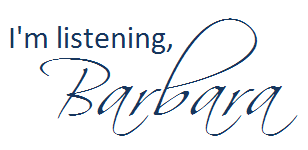 For this semester’s PRCA 4330 (PR Research) class, students will complete the online training offered through Georgia Southern University’s Office of Research Services and Sponsored Programs. This training, created by the National Institutes of Health, consists of seven modules, four of which are followed by quizzes. The NIH suggests that this training takes approximately three hours, and you do not need to complete all the training in one sitting.
For this semester’s PRCA 4330 (PR Research) class, students will complete the online training offered through Georgia Southern University’s Office of Research Services and Sponsored Programs. This training, created by the National Institutes of Health, consists of seven modules, four of which are followed by quizzes. The NIH suggests that this training takes approximately three hours, and you do not need to complete all the training in one sitting.
Take the “Protecting Human Research Participants” training.
Once you’ve completed the training, print the certificate. Make two copies: one for your own files and one to hand to me in class.
Then, write a one-page reaction paper to the NIH training, using the format we often use in my classes:
- What did you learn?
- What surprised you?
- What do you want to know more about?
Please save your reaction paper with your name as part of the filename AND put your name on the paper itself. Turn in the paper via GeorgiaVIEW no later than 5:00 PM on Friday, September 25. The total assignment is worth 100 points, 75 for the training and 25 for your reaction paper. (To get the 75 points for the training, hand me the certificate in class no later than Monday, September 28.)
Questions?


 In my public relations classes at
In my public relations classes at 





